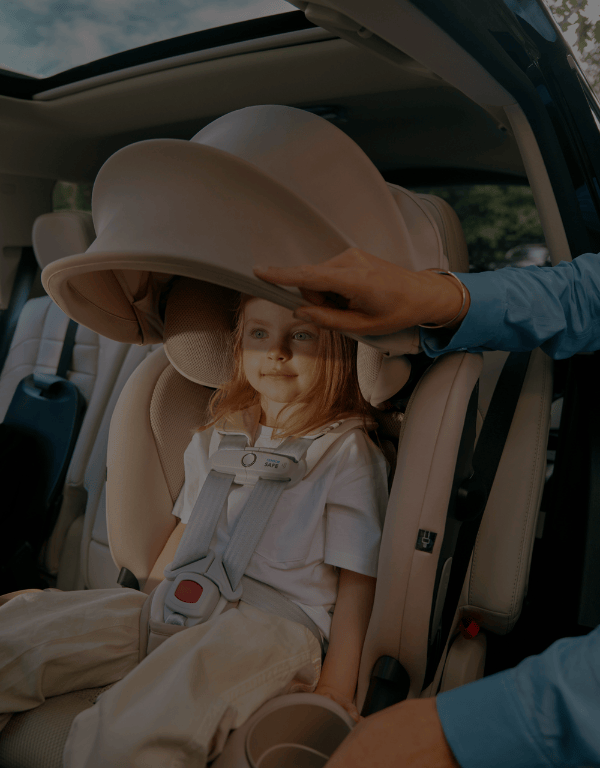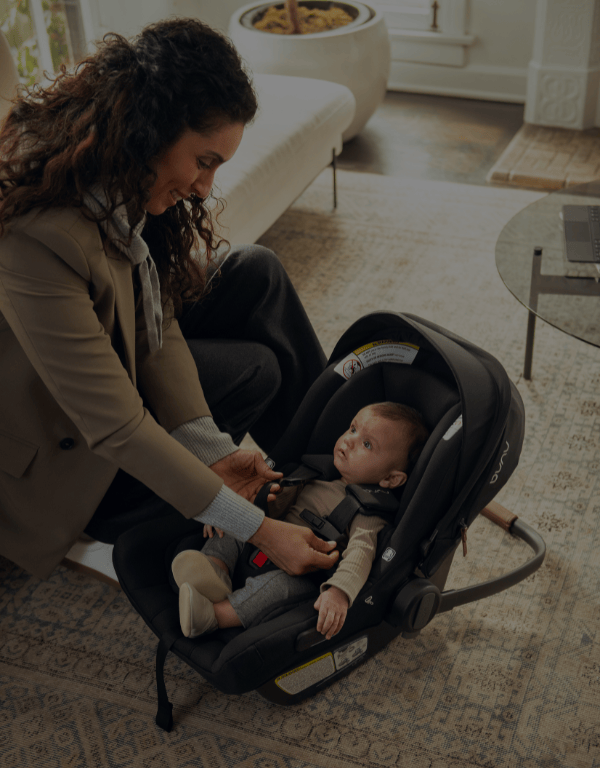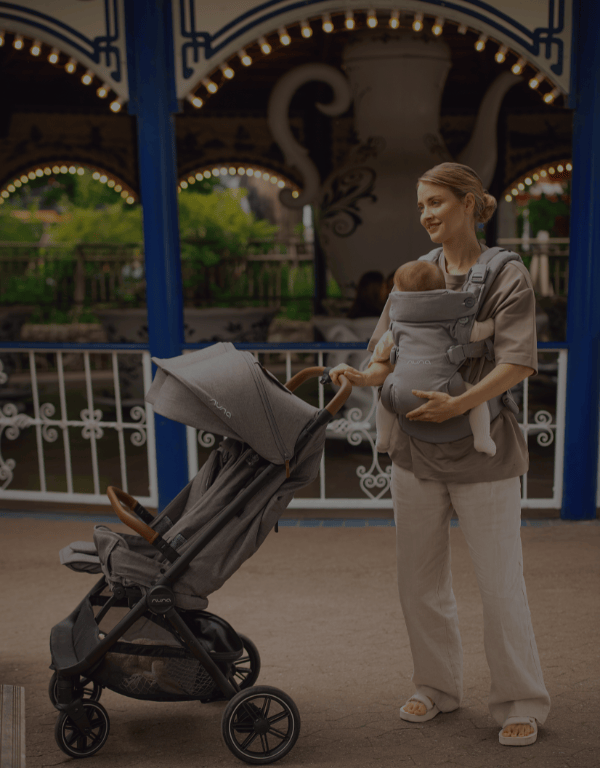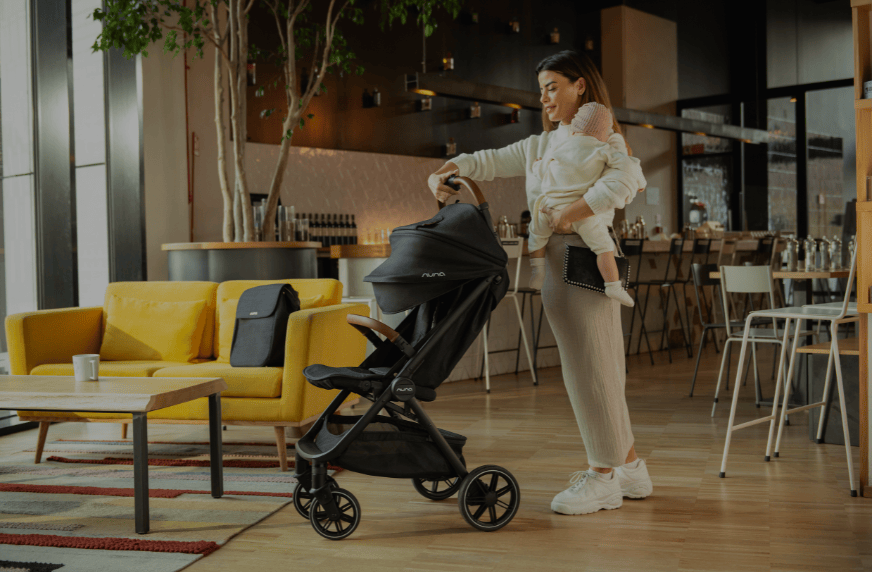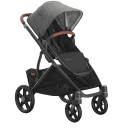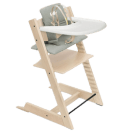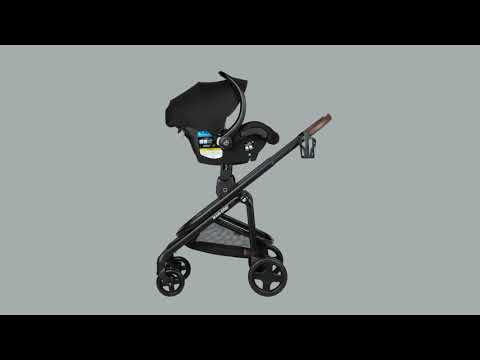
Bathtime can be one of the best parts of your day—a chance for your kiddo to splash, laugh, and play. (Just don’t remind them they’re actually getting clean, too.) But any nervous parent knows that safety is just as important as fun. With a few simple precautions, your little one can enjoy splishing and splashing while you get down to serious bathtime business—sudsy mowhawks. Our practical tips will make bathtime safe and less anxiety provoking for everyone. Get ready for lots of bubbles, wrinkly toes, and major peace of mind.
Start with Sponge Baths
The American Academy of Pediatrics (AAP) advises waiting until your newborn’s umbilical stump heals before their first tub bath at home, which typically takes about two weeks. Likewise, if your baby has had a circumcision, make sure the incision fully heals before submerging them in a tub. In the meantime, sponge baths are the way to go.
Never Ever Leave Your Baby, Toddler, or Little Kid Unattended
It may seem obvious, but that doesn’t lesson its importance: Never leave your little one alone in the bath, even for a second. If you’re bathing a newborn, keep one hand on them at all times. And stay within arm’s reach if you’re bathing an older baby or toddler who’s sitting independently. So, if you need to grab something, bring your kiddo with you or call for backup.
Leave Distractions Outside the Bathroom
Yes, being physically present during bathtime is a must—but being mentally present is equally necessary. Leave phones, tablets, books, or anything else that will draw your attention away from your kiddo outside of the bathroom. Accidents can happen in the blink of an eye, so don’t tempt yourself with distractions. The emails can wait!.
Gather Your Supplies
Before you start running the water, gather all the essentials. You’ll want everything within arm’s reach so you never have to leave your little one unattended. Grab some gentle baby cleanser, tear-free shampoo, a rinsing cup, a cozy washcloth and towel, and a few bath toys to keep things interesting.
Check the Water Temperature
The bath water sweet spot is around 100°F (or 38°C). Not too hot, not too cold, just right for your little mermaid. (Use your elbow or a bath thermometer to double-check.) If you add cold after overheating, swirl it around to make sure they’re aren’t any hot spots. Most children under 4 who are hospitalized for burn-related injuries suffer from scald burn, and too-hot tap water is the most common cause. To prevent the opportunity for scalding, set your water heater to 120°F (48.9°C).
Use Non-Slip Mats
Place a non-slip mat in the tub to help prevent any accidental slips. Little ones are wiggly, and a good grip underfoot can keep bathtime safe and secure.
Unplug Electrical Appliances
As your baby grows and begins moving independently, make sure there’s zero chance of any electrical appliance getting wet (or yanked into the tub!). Always unplug electrical appliances, like hair dryers, and keep them far away from the bath tub. Water and electricity don’t mix, so storing appliances at a distance is your best bet.
Keep the Water Shallow
When you think about taking a bath, you probably imagine filling the tub and submerging yourself in water up to your chin. But for babies and kids, less is more. Fill the tub with about 2-4 inches of water—yes, most of their body won’t be covered. To keep them from getting chilly, make sure the air temperature in the bathroom is warm, and use rinse cups to scoop and pour water over their shoulders and bellies.
Teach Water Safety Rules
As your kiddo grows, start teaching them about water safety. Simple rules like staying seated, keeping water in the tub, and not running in the bathroom help them learn safe habits early on.
Go for Mild, Tear-Free, and Hypoallergenic
Look for gentle, tear-free, and hypoallergenic bath products. These options are kind to sensitive skin and won’t sting those little peppers Check labels for natural ingredients and steer clear of harsh chemicals like parabens, sulfates, and phthalates—they can dry out or irritate delicate skin.
Don’t Use Too Much Soap
You don’t need to use a lot of soap or cleanser to get your baby clean. A small amount goes a long way, especially since their skin is delicate and prone to dryness. Remember, too much soap can strip their skin of natural oils, so a little bit will do the job just fine.
Babyproof the Bathroom
Remember to store all bath products and cleaning supplies out of reach. Use high shelves or cabinets with childproof locks. Move your trashcan into a locked cabinet, and don’t forget to lock your toilet seat (we learned that lesson the hard way). Babyproofing the bathroom keeps curious hands away from anything that might be harmful—or gross.
Use Safe Bath Toys
Avoid toys with small parts that could pose a choking hazard (if it fits in a toiletpaper tube, it’s a choking hazard). Choose toys that are easy to clean and dry—that means toys without tons of nooks or crannies where bacteria and germs can hide.
Install a Faucet Cover
Kids love playing with the running water coming out of the faucet, but a slippery tub can lead to falls and hurt noggins. Buy a faucet cover (or use a pool noodle!) to protect your little one from its hard, hot surface.
Dry Your Child Thoroughly
Make sure to dry your little one completely. Use a soft, cozy towel and pay special attention to chubby folds and between toes. Yes, it will mean that lotion better aborbs into their skin, but it will also help you handle them. Wet babies are slippery!
Keep the Bathroom Floor Dry
A dry bathroom floor is a (mostly!) safe bathroom floor. Wipe up any splashes or puddles to prevent slips, and consider using a non-slip bath mat. These simple steps keep everyone safe, especially if your little one is eager to explore while toweling off.
When Can Your Big Kid Bathe Alone?
Deciding when your big kid is ready to bathe independently is a big step. Generally, most kids are ready for solo baths around 7 or 8, but it really depends on your child’s maturity and comfort level. Here are a few things to consider:
- Safety Skills: Make sure they understand basic water safety rules, like staying seated and avoiding slips.
- Supervision: Even when they start bathing alone, keep an ear out and check in regularly.
- Confidence: Your child should feel comfortable managing their bath routine, including washing and rinsing properly.
Remember, every child is different, so trust your instincts—this milestone is about building confidence while ensuring they stay safe.
Read more:
- How Often Should You Bathe Your Newborn?
- Our Guide to Baby’s First Bath
- The Importance of Bath Time Routines for Babies
- All Your Baby Bathtime Questions, Answered
Finding What’s Right for You
Albee Baby is the oldest family-owned specialty baby shop in the US. We pride ourselves on providing our customers with the best assortment of baby products anywhere, at fair prices, always. We’re committed to being an inclusive resource for parents and hope you feel empowered to find the right baby gear for your family. Still have questions? Feel free to contact our baby gear experts at 877.692.5233 or info@albeebaby.com.
 Car Seats
Car Seats
 Strollers
Strollers
 Travel Cribs & Playards
Travel Cribs & Playards
 High Chairs
High Chairs
 Cribs & Nursery
Cribs & Nursery
 Health & Safety
Health & Safety
 Gift Shop
Gift Shop
